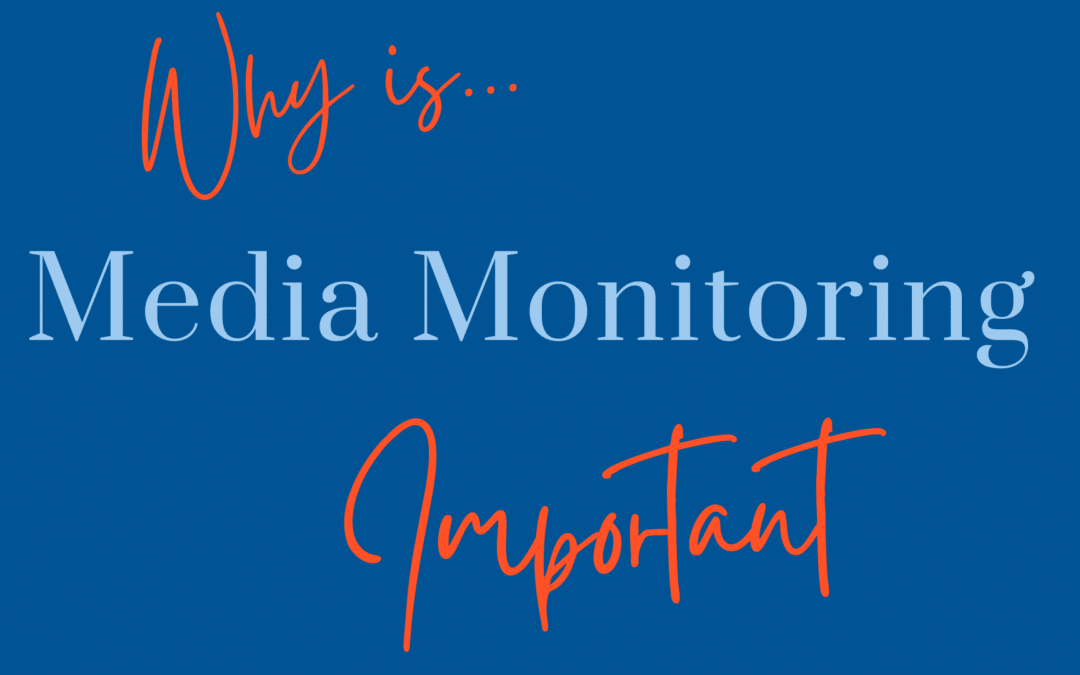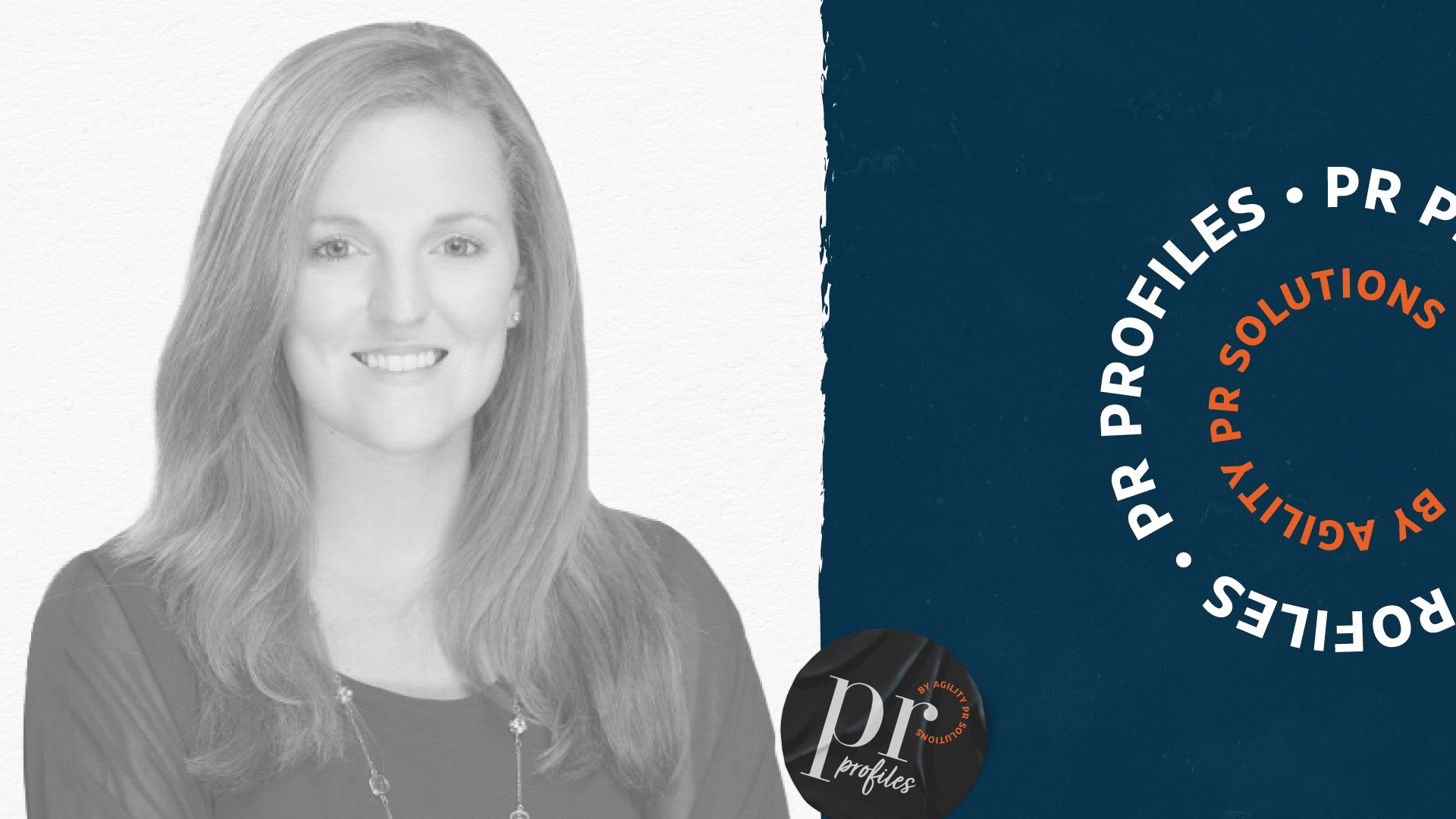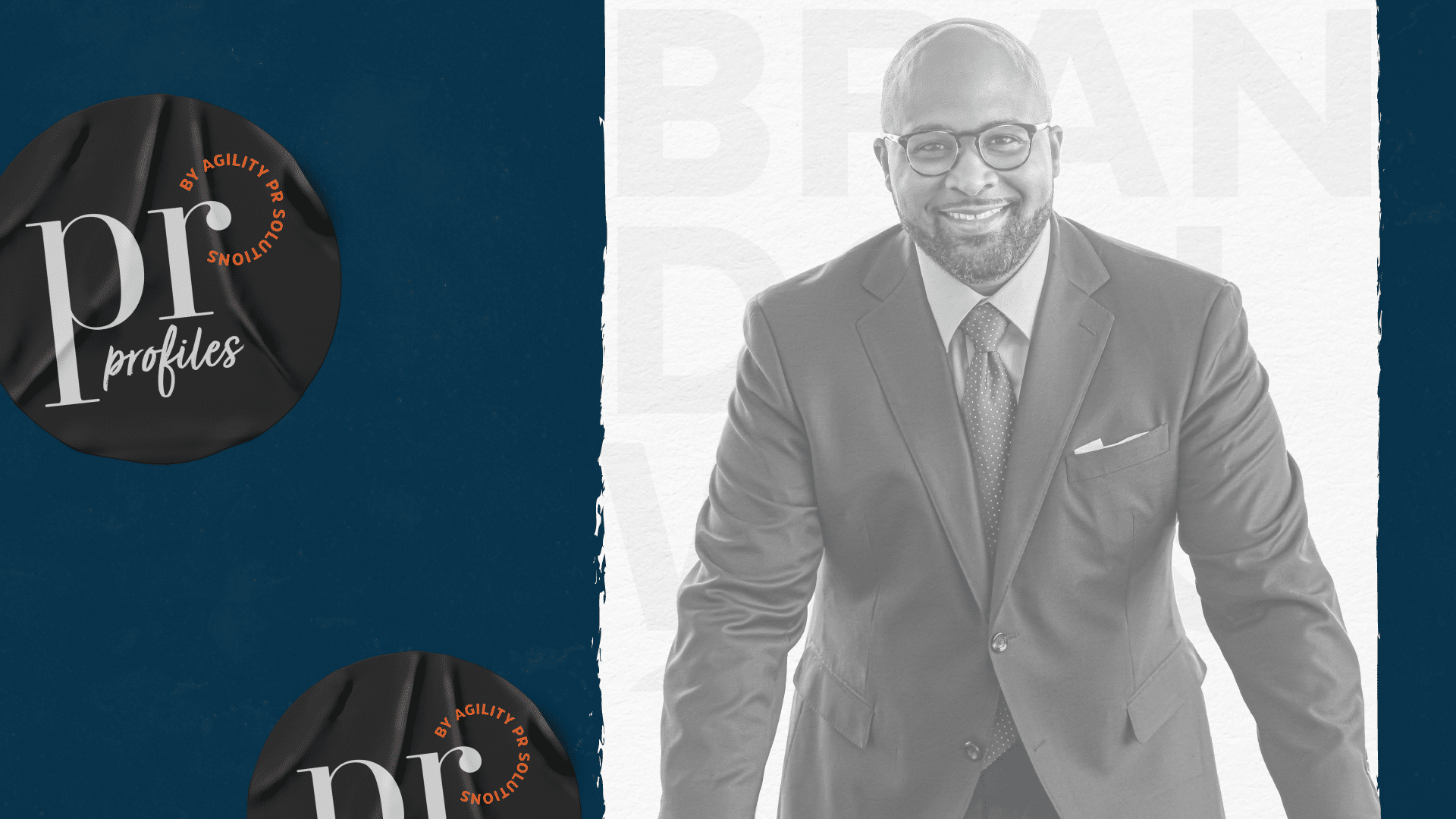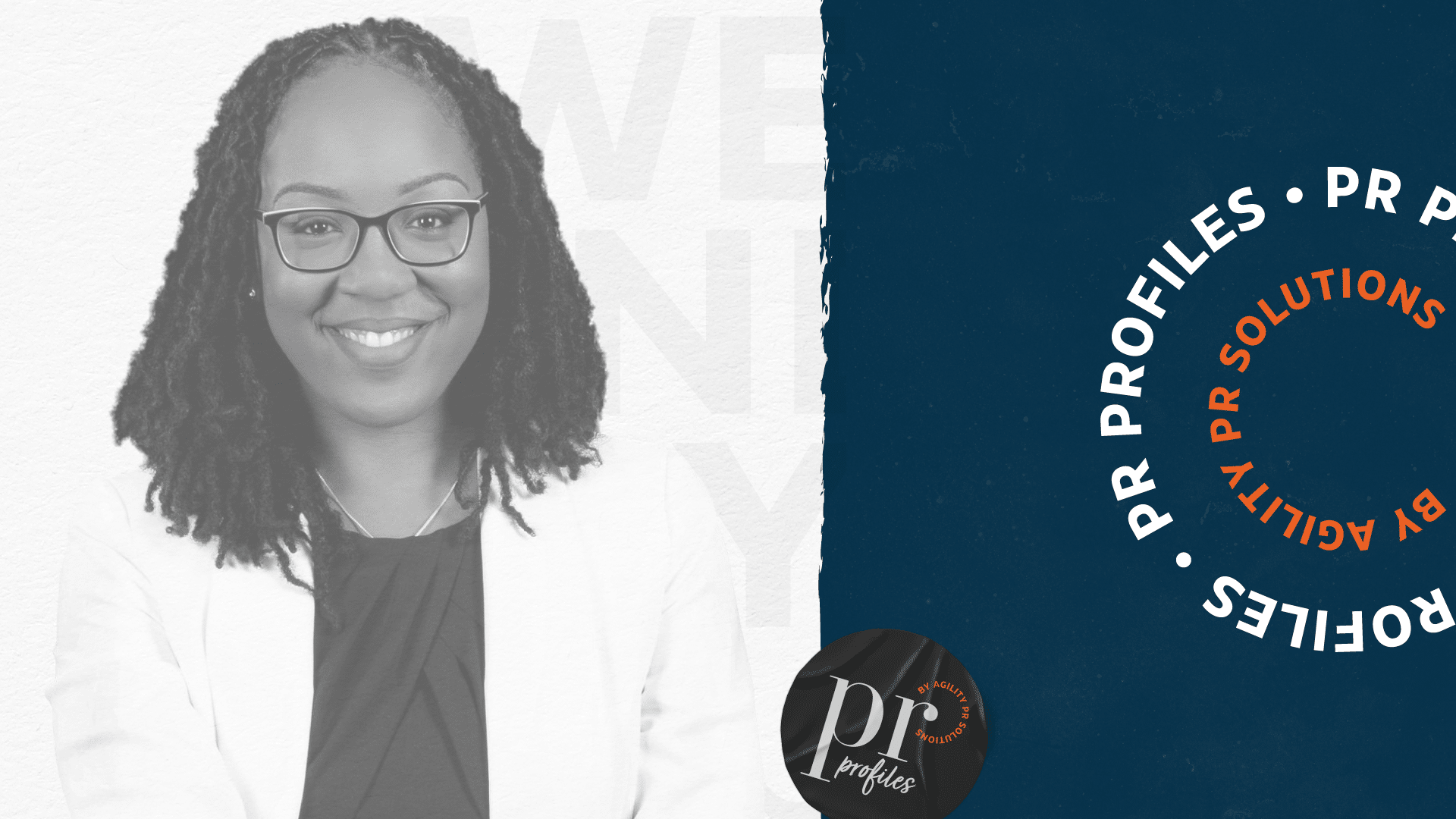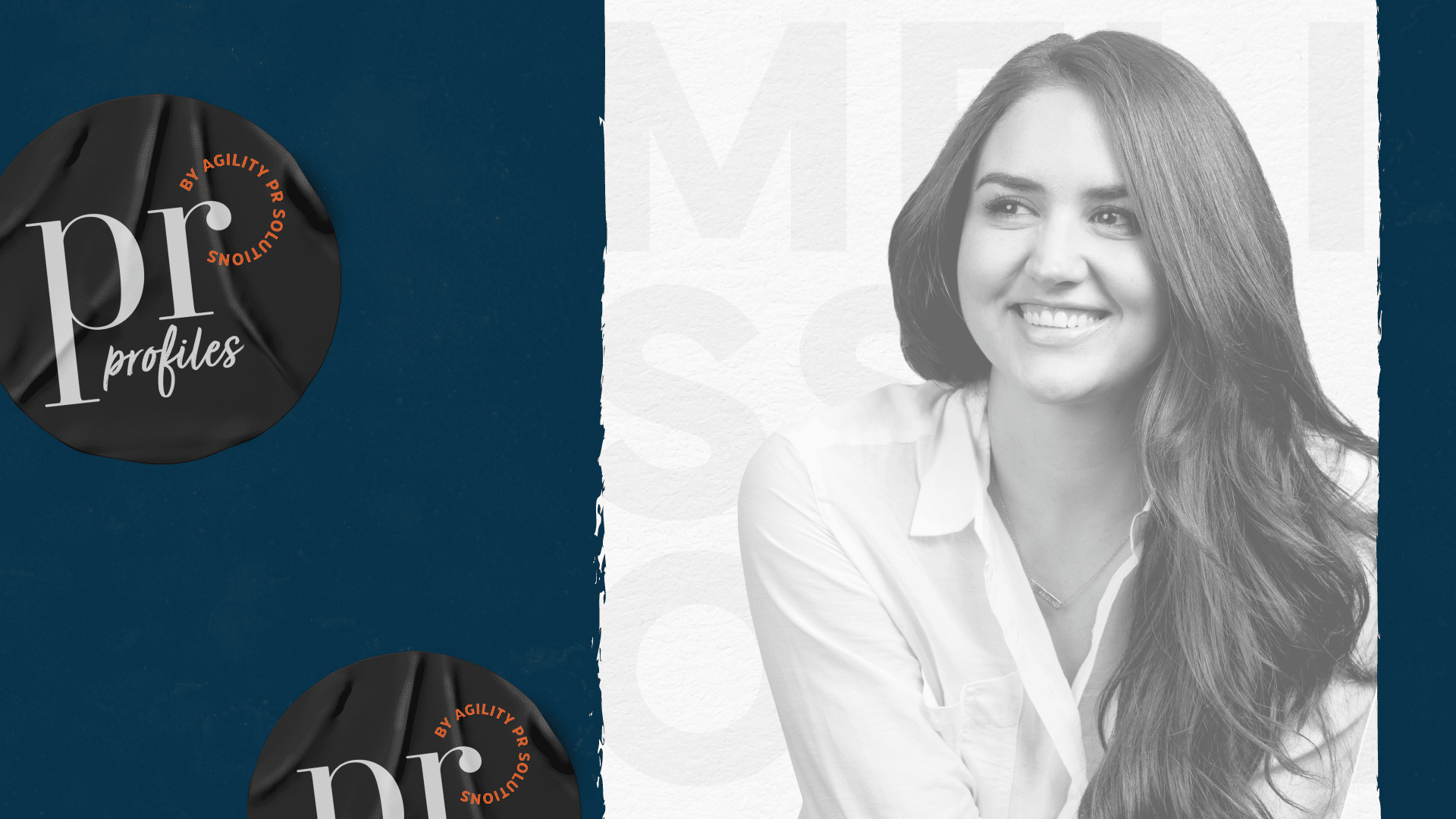Media monitoring is listening to who’s saying what about your brand, your competitors, your industry, and any other topic that’s important to you and your operations. In today’s world, media monitoring must include more than just print, extending to online, broadcast, podcasts, and social media.
Public relations and communications teams working in-house, or at an agency, often use media monitoring to manage their brand or client’s reputation—identifying if stakeholders, employees, and their target audience have positive perceptions of the company—however monitoring is not limited to this function.
There are many other benefits of media monitoring, such as:
- Proving PR’s return on investment to C-suite/clients
- Making data-driven decisions to inform PR strategy
- Crisis detection and response
- Competitive analysis
- Evaluation
Proving PR’s return on investment to C-suite/clients
Not so long ago, measuring PR was more of an afterthought than a strategy. Thankfully for PR practitioners and the people they answer to, measurement has since become a mainstream conversation.
AVEs put neat boundaries around measuring PR but they fail to consider the quality of the coverage (prominence, outlet, tone, sentiment, appearance by spokesperson, adherence to key messages, etc.), and they are not applicable to other activities beyond earned media.
PR and its measurement have gone through a change, rejecting “traditional” tactics. Professionals in the space—including leading industry organizations—have aggressively discussed and debated that if AVEs are no longer valuable, what is?
Impact
Proving impact in a way that the C-suite will understand, appreciate, and care about isn’t an easy task. Impact is having a desired effect on a desired outcome. Impact doesn’t have to be a big deal, and thinking it does can be a mental barrier to success. PR will rarely get the credit for increasing sales or winning new customers. Even if you got your hands on the data, you wouldn’t be able to draw a straight line from your PR outcomes to overall revenue.
To measure indirect impact, we need proxy metrics—a metric that can be used to represent the value of something else. You can also think of them as “one-step-removed” metrics.
Proxy metrics can prove indirect impact.
The three most useful ones are:
- Awareness is the knowledge or perception of a situation or fact and typically measures the number of mentions, and media prominence.
C-suite significance: Larger customer base, potential for word of mouth/referrals, expansion into other markets/regions.
- Engagement is the action of participating or becoming involved in something and typically measures the number of backlinks.
Social listening is very useful when measuring the number of interactions, a piece of content, campaign, or a whole account gets. This can also be compared to followers or audience size and is an indicator of an engaged audience.
C-suite significance: Active vs. passive audience, warm leads, marketing qualified leads (MQLs).
- Reputation is the beliefs or opinions that are generally held about someone or something and typically measures sentiment to indicate if stakeholders feel positive, neutral, or negative, generally towards a company, or in relation to a specific event or campaign.
C-suite significance: Influence on customer choices, ability to charge a premium, credibility, trust, and goodwill among audience and customers.
Practical metrics
We’ve emphasized the importance of connecting PR outcomes to business goals through the language of impact, but some measurement practices focus on more practical assets that you can (and should) start tracking today.
Tracking practical metrics and benchmarking can help your C-suite understand where you started, and where you intend to go.
Start by tracking:
- Number of press releases, interviews, media requests, and media events
- Social posts, spokespeople share of voice, print/online mentions, radio mentions, television mentions, social mentions.
- Share of voice, likes, retweets, reactions, comments, views, reach, media sentiment
Want to learn more about how to demonstrate value to the C-suite? Check out our Measuring Impact guide.
Making data-driven decisions to inform PR strategy
Use media monitoring to track information about the messages that your organization has released to see how compelling, shareable, and on-brand your media strategy is.
Sometimes coverage won’t be a result of your media relations efforts. In that case, you’ll need to be aware of who, where, and when the media or people on social media are talking about you and the sentiment of this coverage.
When you know what people are saying about you, you can respond thoughtfully and pivot your PR and communications strategy to incorporate this new knowledge. This will increase your transparency, authenticity, and positive relationships with the public, stakeholders, and the media, resulting in a better reputation.
Ensuring that you have a positive reputation is crucial to long-term business success. Reputation is the currency you trade on and it’s based on how others perceive you—not on how you perceive yourself.
Identifying influencers and journalists
Media monitoring uncovers brand mentions and identifies key journalists and influencers in traditional media and online news, blogs, forums, and review sites. This can also guide you in identifying which media outlets cover your brand, industry, competitors, or relevant topics.
If you find a journalist writes extensively about your competitors, you can reach out and show them what you do differently. If you find a journalist who is not fully on your side, you can reach out and change their mind; the idea is that, in turn, they’ll change the minds of their readers.
There’s a lot to consider with media relations, but a large part of it is establishing positive relationships with media and pitching your story in a way that’s attention grabbing and effective. But that’s a topic for another time. Let’s get back to monitoring.
Monitoring can identify:
- Journalists who often write about your market or industry and whose opinions carry clout with your target audience.
- Individuals with social media followings whom you can leverage to gather product feedback, or influence to review or endorse your offering. Don’t forget to include micro-influencers in your calculations.
- Detractors who could spread negative or misleading information about you.
It’s imperative to know who’s saying what and who’s listening to them before reaching out with your own contribution to the conversation.
Crisis detection and response
Media monitoring can serve as an early warning system for issues and crises. Proactively responding to a crisis can help alleviate some of the stress and haste associated with crisis comms and even allow you to get ahead of the media story.
Plus, media monitoring will allow you to gauge the success of your crisis response and stay up to date as events unfold. After all, a crisis is an opportunity for your company to prove to loyal customers that you have their best interests in mind and are dedicated to staying on top of any past, present, or future issues.
Understanding and mitigating potential risk is usually the responsibility of several internal departments, by leveraging a media monitoring tool, your organization can centralize this hefty workload by:
- Identifying supplier-related risk by monitoring media mentions of new/existing suppliers.
- Monitoring potential risk from changes to the legislative landscape you operate within.
- Keeping an eye on what competitors are saying to the market, and, in turn, what market perception is of them.
You want to start creating a plan for your organization’s crisis response strategy when everything is going well, not when everything is going wrong.
Media monitoring can help you understand and benchmark your current brand reputation and identify third party authorities and influencers who can champion your organization, even when you’ve made some mistakes.
Monitoring your competition will teach you how a competitor reacts when experiencing a crisis. Take special note of how they handle the crisis, how they talk about the situation, who covers the story, and how the public reacts will guide you in identifying what works well, and what doesn’t in case your company experiences something similar.
Competitive analysis
Whether you’re an industry newcomer or an industry leader, you’re not alone in your space. Monitoring yourself and your competition will help you ascertain your share of voice—the portion of media attention starring you.
This will show you how your brand is being discussed by the media, and how you measure up to competition.
If you are a newcomer, you know that even the smallest fish in the pond has competitors. The best way to grow big like them is to stay on top of their movements and take advantage where you can.
If you’re that leader, how are you going to make sure you stay on top? By keeping up to date on the movements of those who want to take you down, that’s how.
Conducting competitive analysis using media monitoring can help you collect:
- Better understanding of your industry
- Best method of communication with customers
- Better methods of customer acquisition
- Identifying market trends
- Competitor product offering and pricing information
- Tertiary market possibilities
Dr. Gerhard van Wyk, business analyst and professor of marketing management, lays it out plainly: “A precise understanding of your competitor’s strengths and weaknesses is an important prerequisite for developing a strategy to compete against it.”
Competitive analysis is a pillar of any successful organization. If you don’t know what your industry rivals are doing—what products they’re launching, what executives they’re hiring, what their spokespeople are saying—you’re operating in the dark.
Media monitoring turns on the light.
When it comes to crisis response, analyzing results to inform future issue response plans is a necessity. Keep reading to learn more about evaluating your efforts.
Evaluation
Now that you’ve put your media monitoring in place to catch a potential crisis and understand your competition, it’s time for you to evaluate your efforts. Media monitoring allows you to evaluate how your PR and marketing campaigns and crisis response have performed, especially in comparison to your competition. In any organization, data is important for development, offering metrics to support future training, changes, and planning.
Evaluation allows you to analyze where you’ve succeeded, and where you fell short. This information can help you understand where you should be making changes in your general PR strategy, communications, and crisis response.
Media monitoring lets you know if your efforts are turning into results. Only by tracking your coverage will you know if you’re even getting any. Only by monitoring the media will you know if you’re earning it.
Evaluating your efforts is crucial in any role, but PR and comms pros are nothing if not competitive and ambitious. We know you’d rather be learning and evolving than falling behind.
Applying media monitoring
If someone mentions your brand, spokesperson, or other relevant keyword, you should know about it. Start using media monitoring so that when it comes to telling your brand or client’s story you can take every opportunity to speak up.
Learn more about how you could benefit from adding a media monitoring solution to your PR strategy by booking a demo today!

